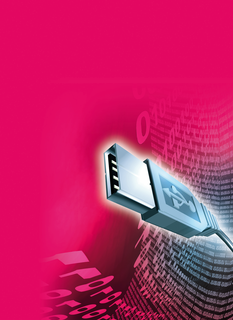
By Joe Casad
Experts and beginners will tell you that devices are the perennial challenge of Linux systems. Linux is fast, stable, and safe - if you can get it to run on your hardware. We all have our war stories, but most users will affirm that the penguin's affinity for PC hardware is improving. Many of the device problems that plagued Linux systems in the early days were solved years ago. A Linux user from 1999 would be totally amazed to install a Linux system today and watch the system auto-locate the hardware. But maybe not all the hardware. Linux still has trouble with certain devices, and the lag time between the appearance of a new driver and its integration can mean a built-in driver isn't available for months.
This month's Device Tricks cover story starts with a study of some recent developments in driver management tools for Linux. Jon Masters describes some of the obstacles facing Linux developers and looks at some recent solutions that promise more seamless device support.
The next article in this month's set looks at a library of tools for supporting MTP-based devices such as music players and webcams in Linux. We'll describe some open source applications that support MTP, and you'll learn how to communicate with MTP devices from the command line. Next we examine the aufs2 stacked filesystem, which lets you add temporary write capability to a filesystem on a read-only device. The last article in the set shows how you can protect your privacy by encrypting the data on your USB sticks.
If you're looking for an edge in the device game, you'll find plenty to think about up ahead. Read on for this month's Device Tricks cover story.